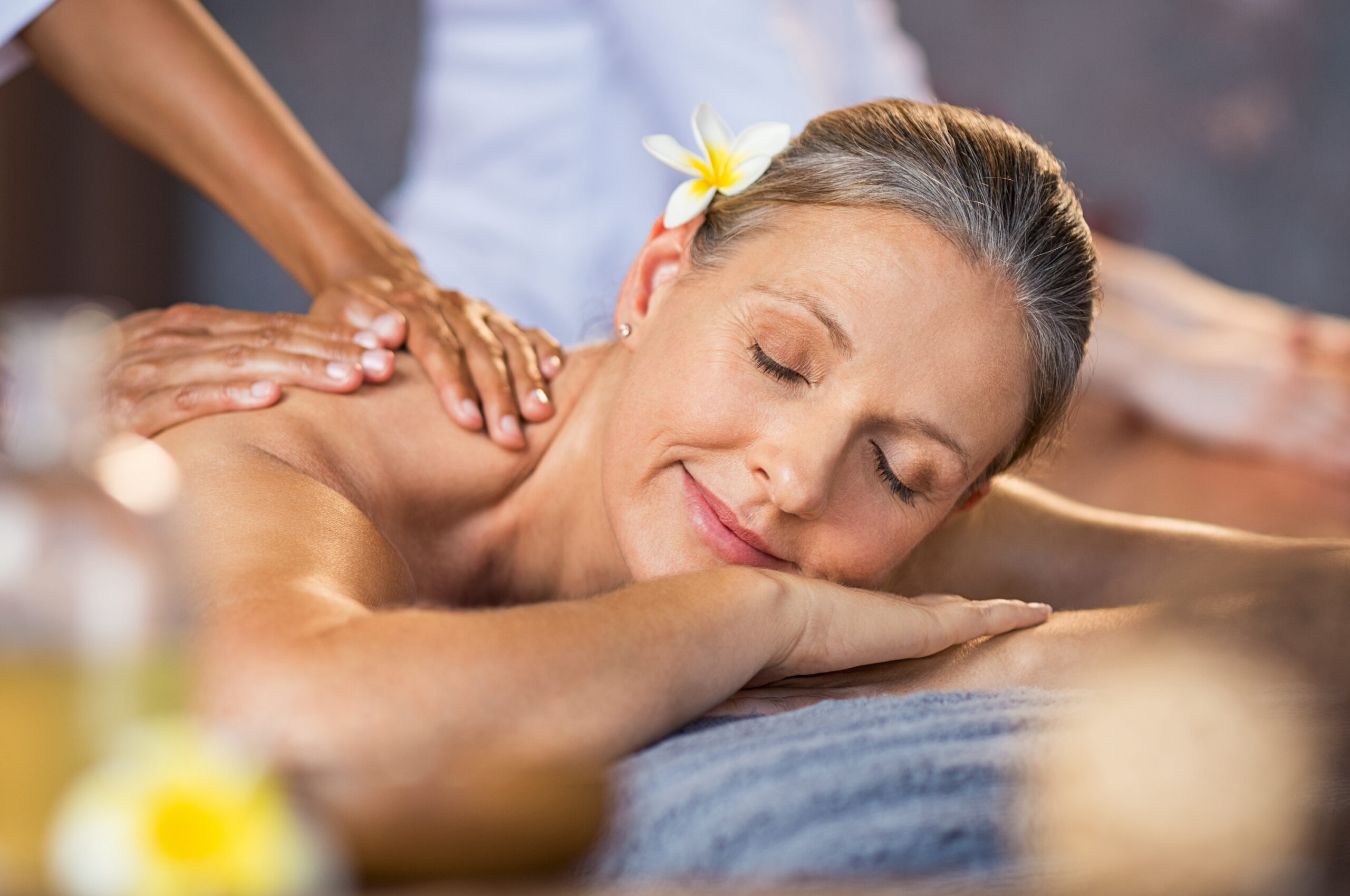
Massage therapy has long been recognized for its ability to promote relaxation, reduce stress, and alleviate pain. However, with the plethora of massage techniques available today, it can be overwhelming to understand the unique benefits and purposes of each. This comprehensive guide aims to demystify various massage modalities, helping you choose the right technique for your specific needs.
1. Swedish Massage: The Foundation of Modern Massage
Swedish massage is often considered the foundation of Western massage therapies. It involves a combination of five basic strokes: effleurage (gliding), petrissage (kneading), friction (cross fiber), tapotement (rhythmic tapping), and vibration. These movements work to improve circulation, ease muscle tension, and promote relaxation. Swedish massage is an excellent choice for beginners and those seeking a gentle, full-body relaxation experience.
2. Deep Tissue Massage: Going Deeper for Chronic Tension
Deep tissue massage targets the deeper layers of muscles and connective tissue, aiming to release chronic patterns of tension in the body. Therapists use slower strokes and apply deeper pressure to focus on areas of tension and pain. This technique is beneficial for those with chronic pain, limited mobility, or recovery from injuries. It’s important to communicate with your therapist about pressure levels to ensure a comfortable yet effective session.
3. Sports Massage: Tailored for Athletes
Sports massage is designed specifically for athletes, but it can be beneficial for anyone with chronic pain, injury, or range-of-motion issues. This technique involves a combination of Swedish massage and specific stretches to help prepare the body for athletic activity or to aid in recovery post-exercise. Sports massage enhances flexibility, reduces the risk of injury, and improves endurance, making it a crucial component of any athlete’s training regimen.
4. Shiatsu Massage: The Japanese Tradition
Shiatsu, a form of Japanese massage, focuses on pressure points within the body’s energy pathways, or meridians. Using fingers, thumbs, elbows, and knees, therapists apply pressure to these points to balance the body’s energy flow. Shiatsu aims to alleviate conditions like headaches, fatigue, and stress, promoting overall well-being. It is usually performed on a mat on the floor, with the client fully clothed.
5. Thai Massage: The Art of Assisted Stretching
Thai massage combines acupressure, yoga-like stretches, and energy work to provide a unique and holistic healing experience. Practitioners use their hands, knees, legs, and feet to move clients into a series of yoga-like stretches, enhancing flexibility and circulation. Thai massage is performed on a mat on the floor, with the client wearing loose, comfortable clothing. This technique is ideal for those looking to improve mobility and experience a dynamic form of bodywork.
6. Hot Stone Massage: The Power of Warmth
Hot stone massage involves the use of smooth, heated stones that are placed on specific points on the body or used as an extension of the therapist’s hands. The warmth from the stones helps to relax muscles, allowing the therapist to work more deeply and effectively. This technique is especially beneficial for those with muscle tension and is known for its deeply relaxing and soothing effects.
7. Reflexology: The Art of Foot Massage
Reflexology is based on the premise that there are reflex points on the feet, hands, and head that correspond to every part of the body. By applying pressure to these points, reflexology aims to promote healing in the corresponding areas and improve overall balance in the body. This technique is particularly beneficial for those experiencing stress, insomnia, or chronic pain.
8. Aromatherapy Massage: Engaging the Senses
Aromatherapy massage combines the therapeutic benefits of essential oils with the healing power of massage therapy. Essential oils are selected based on the client’s specific needs and are applied to the skin during the massage. This technique enhances the benefits of the massage by incorporating the therapeutic properties of the oils, promoting relaxation, reducing stress, and improving mood.
9. Lymphatic Drainage Massage: Enhancing Natural Detoxification
Lymphatic drainage massage focuses on promoting the flow of lymph, a fluid that carries waste products away from the tissues and toward the lymph nodes. This gentle, rhythmic technique helps reduce swelling, detoxify the body, and enhance the function of the immune system. It is particularly beneficial for those recovering from surgery, dealing with lymphedema, or seeking to boost their immune health.
10. Trigger Point Therapy: Targeting Muscle Knots
Trigger point therapy focuses on releasing tight knots of muscle fibers that can form in muscles after injuries or overuse. These knots, or trigger points, can cause pain and restrict movement. The therapist applies sustained pressure to these points to release the tension and alleviate pain. This technique is beneficial for those with chronic pain, muscle tension, and mobility issues.
Conclusion
From the soothing strokes of Swedish massage to the targeted pressure of deep tissue massage, the world of massage therapy offers a diverse range of techniques catered to individual needs and preferences. By understanding the unique benefits of each modality, you can make an informed decision and enhance your journey toward relaxation and well-being. Whether you’re seeking to alleviate pain, reduce stress, or simply indulge in a moment of relaxation, there’s a massage technique tailored just for you.